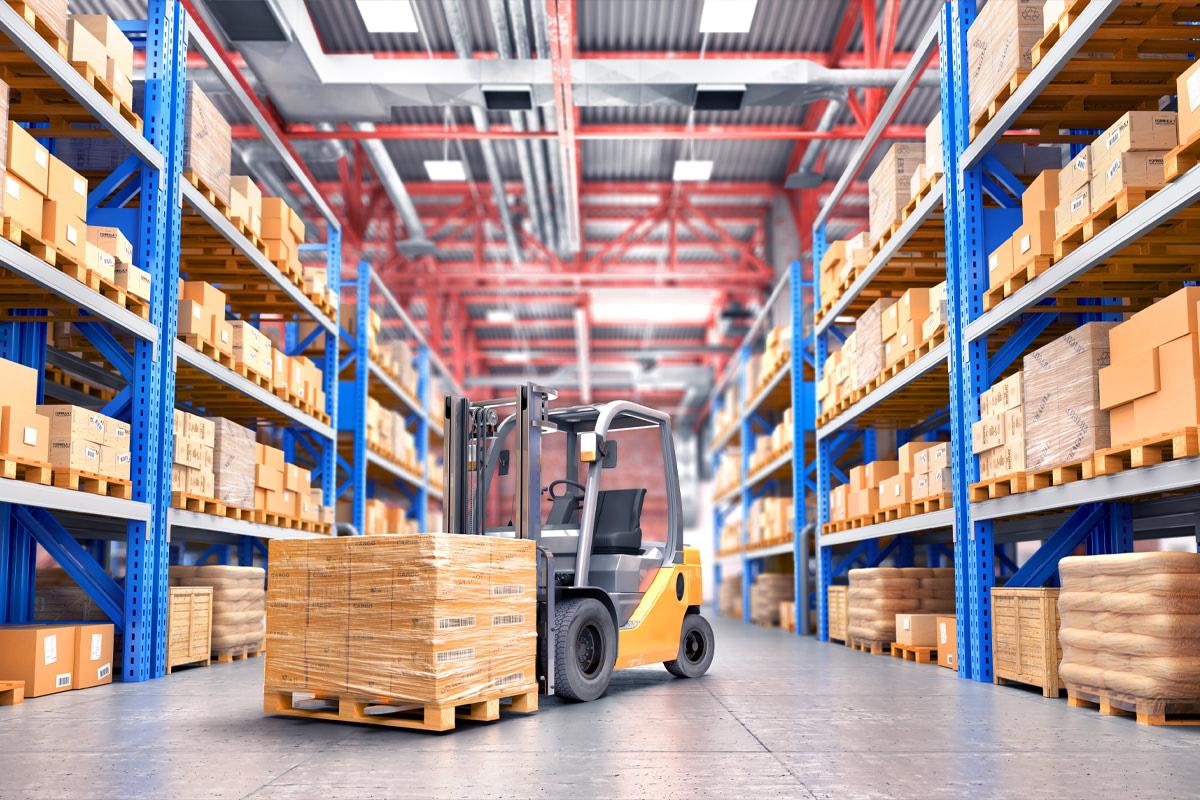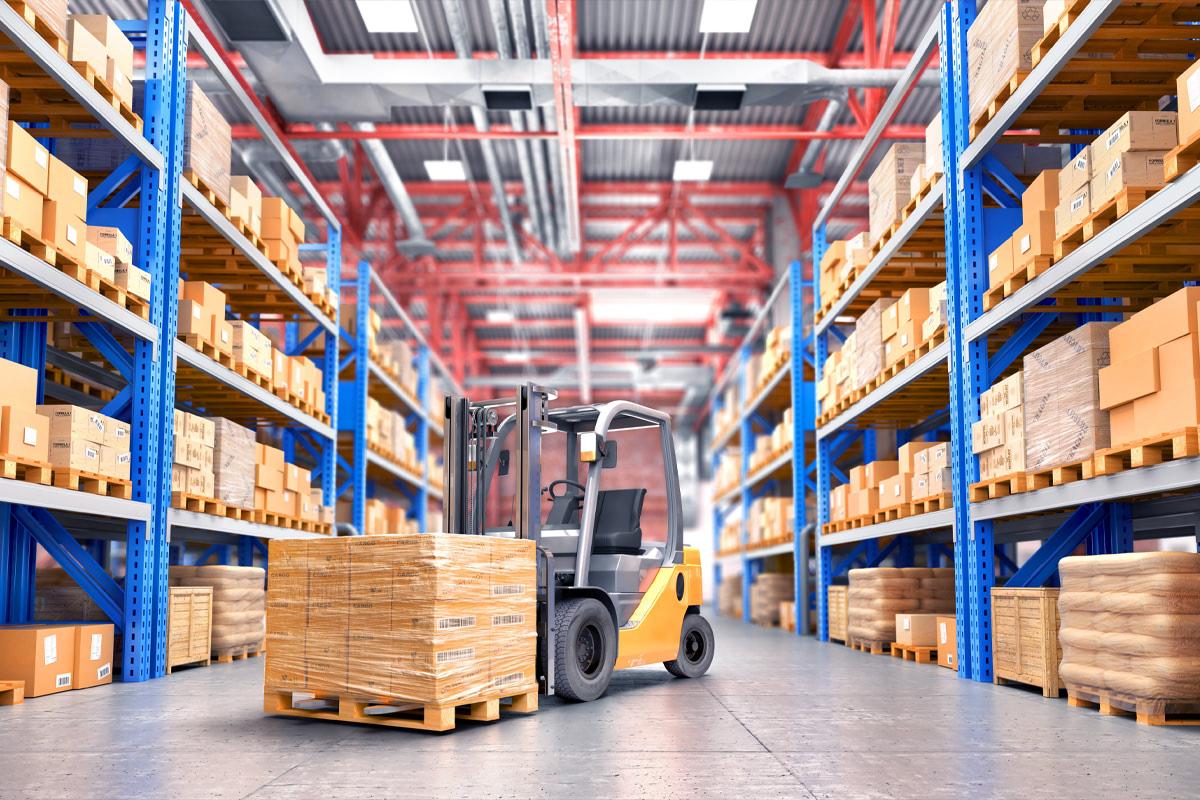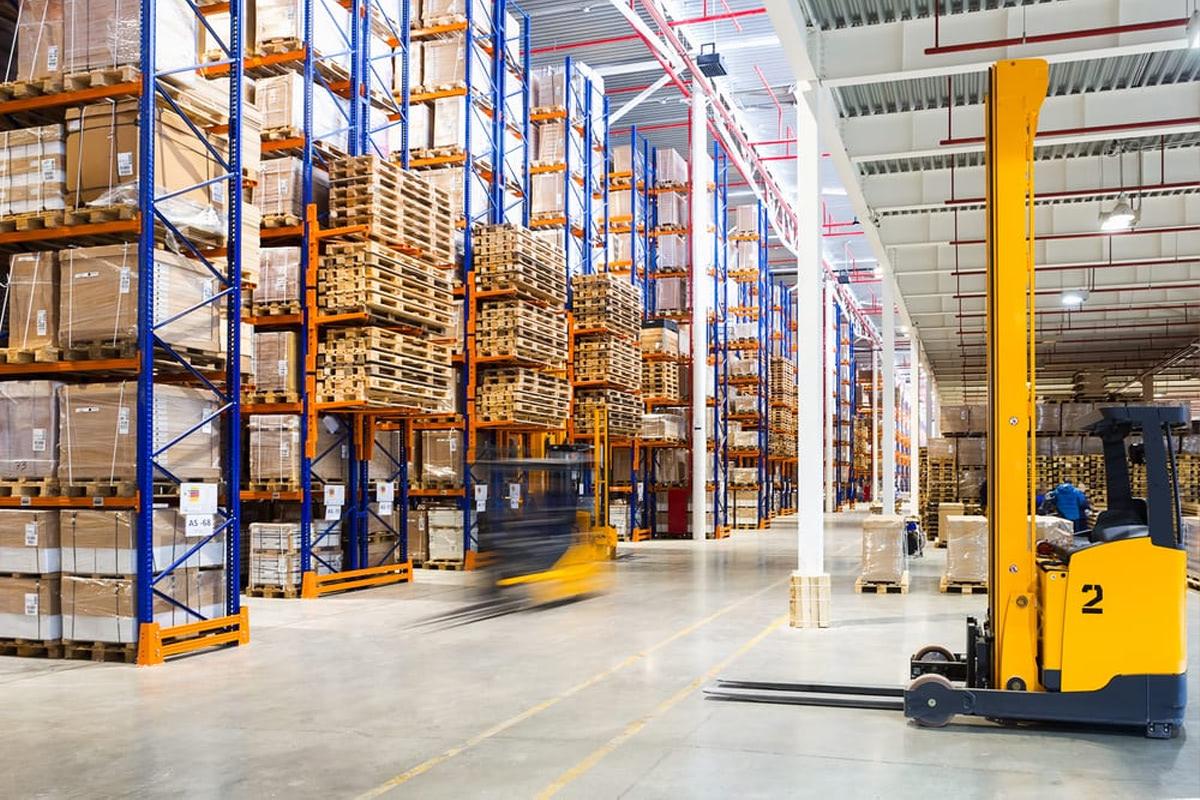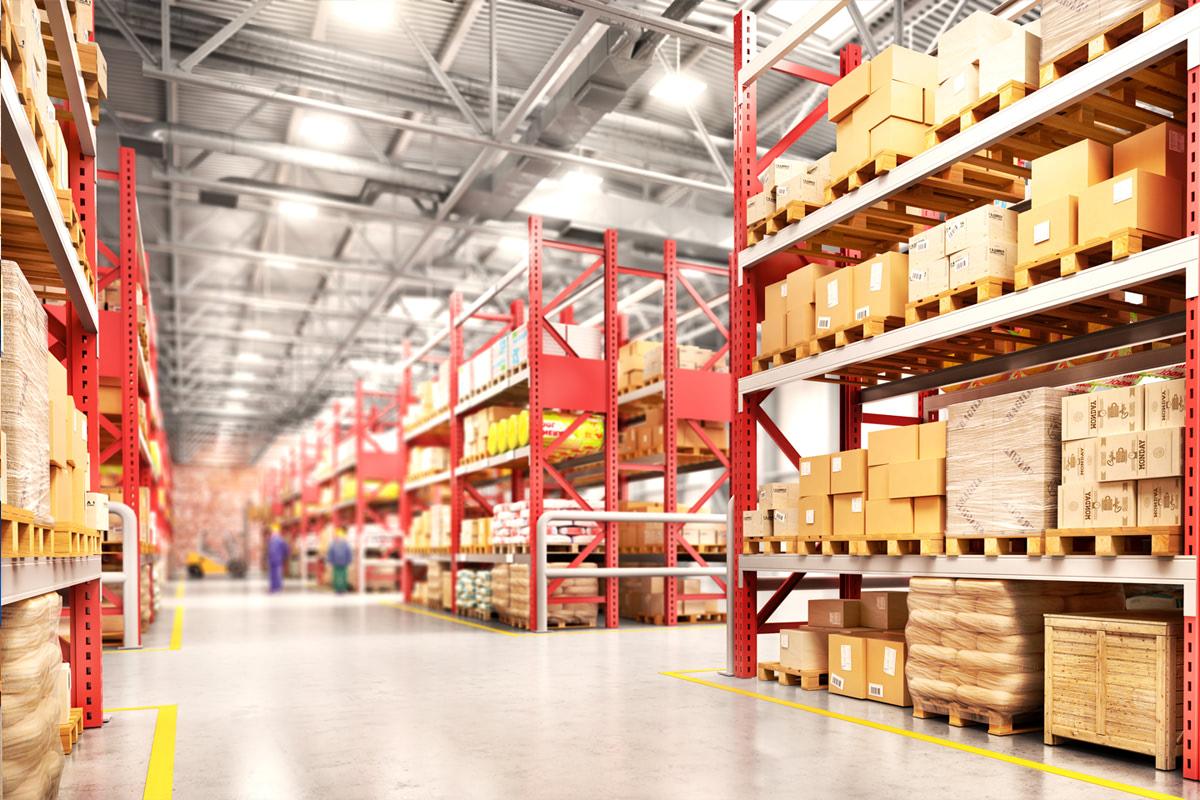In ÇAĞLAYAN WAREHOUSE, A type General warehouse (bonded storage) service is provided, which is deeply affiliated with the customs directorate. Your containers and trucks coming from abroad by sea or land arrive at our warehouses and are stored in our warehouses until the nationalization process is completed. Your goods are brought from the port to our warehouse, customs clearance is completed and shipped to your company by us. Then, your goods, whose import process is completed, are shipped to your company or taken to our free warehouse and shipped to your company from there.
WHAT IS THE DIFFERENCE BETWEEN WAREHOUSE AND WAREHOUSE?
The warehouse is an area where there is no time restriction for the protection of products. If products are not made suitable for processing or use, they may be kept in storage. In the warehouse, the preservation period of the products is subject to a certain limitation. This period varies depending on the way the products are transported. Products protected in the warehouse area go through the warehouse procedures that await goods arriving at certain customs. However, this opportunity may be limited in warehouses. While warehouse offers a longer period of storage and preservation of goods, warehouse only performs the function of storage. Therefore, warehouse areas are generally preferred by companies dealing with import and export transactions, while warehouses are generally used for short-term storage needs.
What are the Warehouse Types?
Warehouse types are divided into two main groups: private and general warehouses. General warehouses are warehouses that are used jointly by more than one company. Warehouses used only by the renting company are called private warehouses. Public and private warehouses contain different types of warehouses.
Warehouse Types
Warehouses; It is divided into two: general and special warehouses, where goods under customs supervision or, where permitted, export goods are placed:
General Warehouse: Customs warehouses that can be used by anyone to store goods. General warehouses are divided into 3 types: A, B and F types.
Type A warehouse: It is a general warehouse type in which the operator keeps stock records and is responsible for paying customs duties in case of any deficiency in the goods placed in the warehouse.
Type B warehouse: It is a general warehouse type where the user specified in the first paragraph of Article 97 of the Customs Law is responsible for the goods placed in the warehouse and the user submits the warehouse declaration. The liability of the warehouse operator is limited. The warehouse operator only rents the warehouse. Since warehouse stock records are not kept, declarations and documents constitute the basis for customs control.
Private Warehouse: These are customs warehouses where only goods belonging to the warehouse operator can be placed. Private warehouses are divided into three groups: C, D and E types.
Type C warehouse: It is a private warehouse type whose operator and user are the same person and this person is responsible for the goods taken into the warehouse.
D type warehouse: It is a special warehouse type where the operator and user are the same person and the third paragraph of Article 104 of the Customs Law applies. Since taxes are calculated by taking into account the value of the goods on the date they were placed in the warehouse, the goods placed here can be put into free circulation with a simplified procedure.
E type warehouse: It is a special warehouse type where the operator and the user are the same person, and in accordance with the third paragraph of Article 93 of the Customs Law, the storage place of the permit holder is considered as a warehouse or where the provisions of the warehouse regime are applied to the goods even if it is not a storage place.






